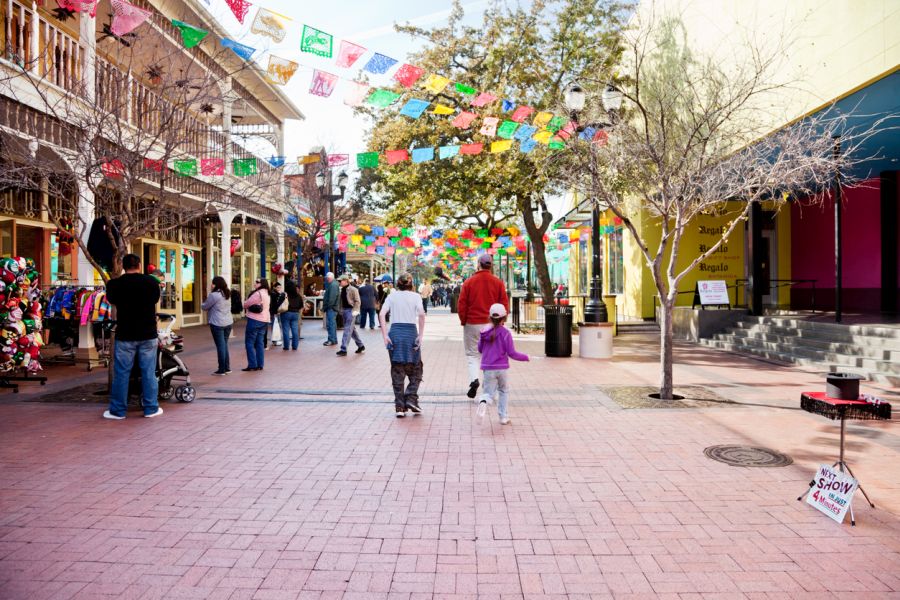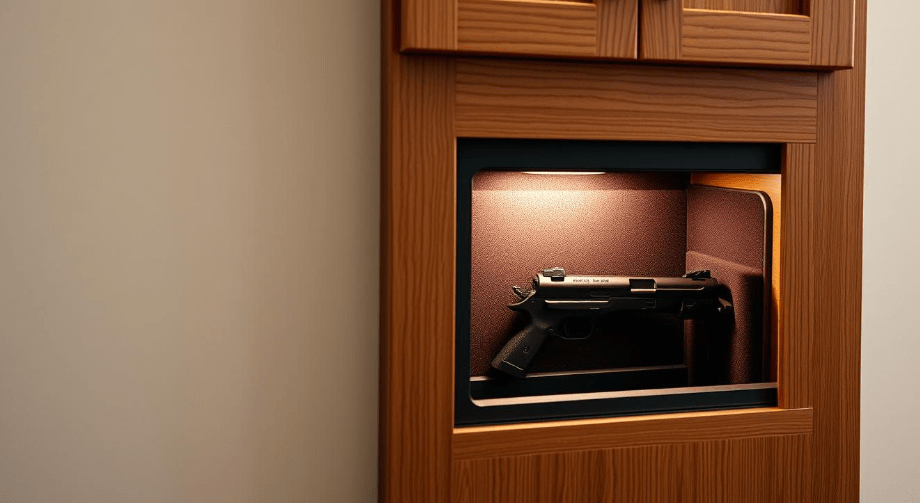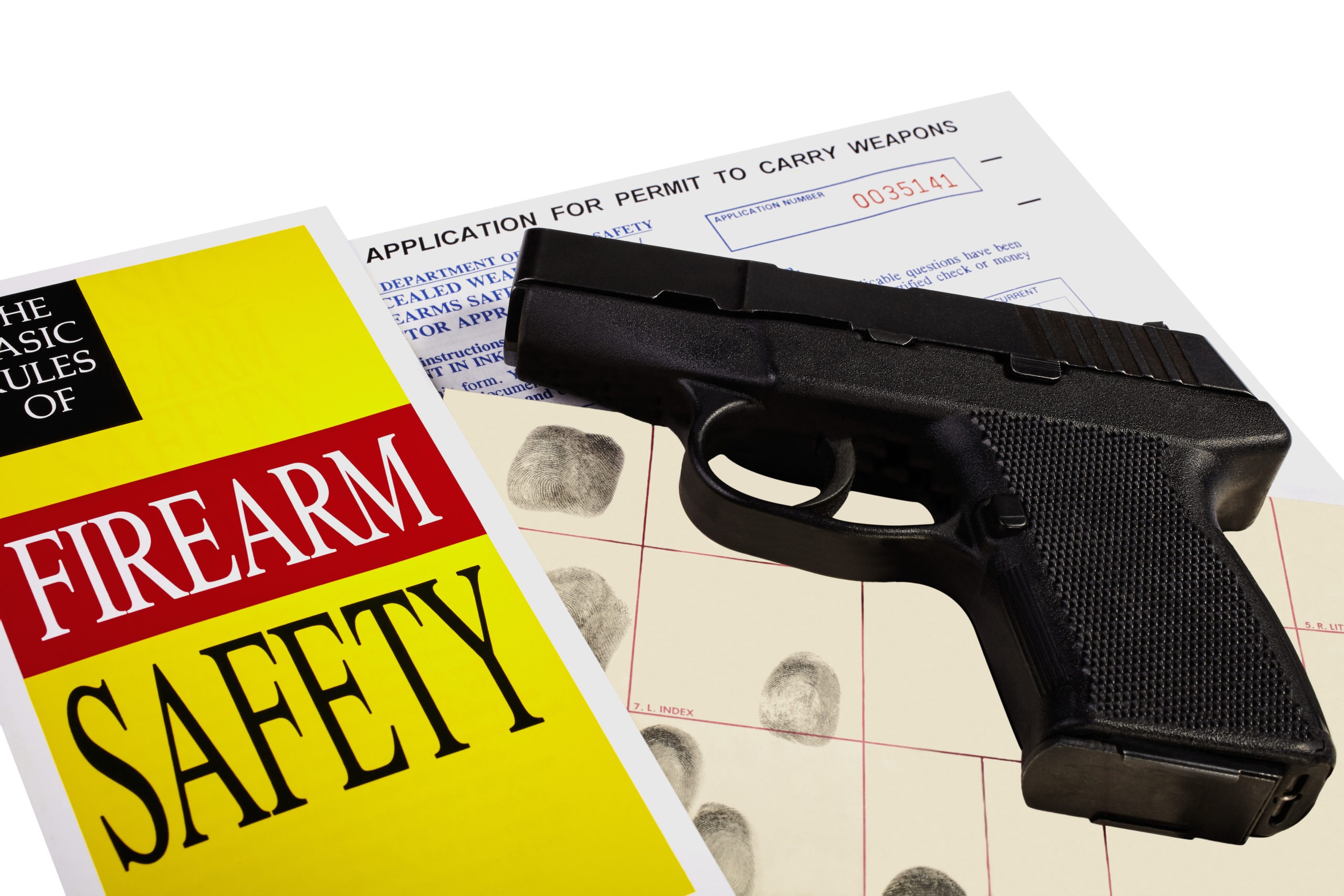San Antonio Safety Tips for Tourists & Locals

San Antonio welcomes millions of visitors each year with its rich culture and historic attractions, but like any major city, safety should remain a priority during your visit or daily life. You'll find most areas comfortable to explore, especially with some basic precautions.
However, understanding which neighborhoods require extra vigilance and knowing simple security measures can make the difference between a memorable experience and an unfortunate incident. The question is: are you prepared for the specific safety considerations San Antonio presents?
San Antonio Crime Statistics: Understanding the Landscape
While San Antonio boasts vibrant culture and attractions, it's useful to understand the city’s crime landscape if you're planning to visit or relocate. Recent city and statewide reporting consistently shows that property crime makes up the majority of incidents, while violent crime is a smaller share of overall offenses.
Trends in the last few years show areas of improvement, with several categories of violent crime declining after targeted enforcement and community programs launched since 2023. Drug-market dynamics can drive violence in specific corridors, and gang activity can influence certain neighborhoods, but citywide efforts continue to strengthen safety through community initiatives and state/federal support.
Understanding these patterns helps you make informed decisions while enjoying all San Antonio offers. It’s also worth noting that officials have highlighted road-rage incidents as a concern across Texas—defensive driving and calm conflict avoidance remain smart practices on local roads.
High-Risk Areas and Times to Exercise Extra Caution
Anyone visiting San Antonio should know where and when to be particularly vigilant. Crime mapping tools indicate that certain pockets—particularly on the East Side and parts of the West Side—experience higher-than-average violent and property crime compared with citywide levels.
Exercise heightened awareness in these situations:
- Downtown late at night, especially in dense nightlife blocks
- Sections of the East Side (e.g., around Wheatley Heights) where rates trend higher
- Busy commercial corridors (including nearby suburban municipalities) where vehicle break-ins are more common
- Heavily trafficked shopping areas during weekends and holidays
- Early morning hours citywide when crowds and staffing thin out
Time your activities strategically—avoid higher-risk spots during late evenings and major events when incidents can spike. Neighborhood associations and hotel concierges often share up-to-date safety notes for specific districts. Stay alert throughout the city, and use common-sense precautions no matter the neighborhood.
Property Crime Prevention for Visitors
Property theft represents San Antonio's most common category, with visitors sometimes targeted due to unfamiliarity with local areas. When exploring the city, always lock your vehicle and keep valuables out of sight, especially in tourist-area parking lots.
Choose well-lit spaces near building entrances, and consider a steering-wheel lock if you’ll be parked for long stretches. Even as some recent reports show improvements in property-crime totals, tourists should stay cautious in unfamiliar neighborhoods.
At your accommodation, use in-room safes for passports, electronics, and excess cash, and verify locks function properly before leaving. While dining or shopping, carry only essentials in a secure, front-facing bag, and opt for contactless payments when possible. On public transportation, keep belongings close, and avoid isolated stops after dark.
Personal Safety Measures in Tourist Hotspots
When visiting San Antonio's popular attractions, your personal safety requires extra vigilance as crowded places can see higher rates of opportunistic theft than surrounding blocks. Stay alert during large festivals like Fiesta, when pickpocketing historically ticks up.
Practice these situational-awareness techniques to protect yourself:
- Trust your instincts and limit phone distraction in crowds
- Use anti-theft bags or money belts for essentials
- Stick to well-lit, patrolled routes between destinations
- Avoid isolated areas, particularly after dark
- Stay aware of your surroundings at large events
Remember that the majority of serious crimes are not tourist-targeted; maintaining awareness significantly reduces risk. Keep emergency contacts accessible and note where to find security or park police in major tourist zones.
Neighborhood Safety Guide for Residents
While many San Antonio neighborhoods offer distinct safety profiles, understanding these variations can shape your residential experience and quality of life. For consistently strong stats and services, consider Alamo Heights, Stone Oak, Shavano Park, Olmos Park, and nearby communities such as Cibolo—areas known for active HOA engagement and coordinated policing.
Other central neighborhoods like Tobin Hill or Monte Vista have seen investment and improvement but can vary block-to-block; evaluate specific streets and recent reports. The safest areas typically feature active neighborhood associations, good lighting, and close collaboration with law enforcement.
When evaluating potential homes, proximity to healthcare facilities (e.g., Baptist Medical Center and major hospitals in the Medical Center area) can support faster response in emergencies. Downtown continues to revitalize, but like most city centers, it calls for added vigilance at night.
Home Security Essentials in San Antonio
Given San Antonio’s sizable footprint and car-centric layout, securing your home effectively isn't just recommended—it's essential. A layered approach offers the best protection.
Consider these critical upgrades:
- Install a professionally monitored alarm system with 24/7 response
- Reinforce doors and windows (deadbolts, strike plates, window locks, shatter-resistant film)
- Add motion-activated exterior lighting around your perimeter
- Secure valuables in rated safes or lockboxes
- Use visible deterrents (cameras, signage) and maintain landscaping for clear sightlines
Routine testing and maintenance ensure your security measures work when you need them most.
Transportation Safety Tips Around the City
Getting around San Antonio safely requires awareness. The region has worked to reduce serious pedestrian and cyclist injuries, yet high-traffic arterials remain challenging. With a citywide Walk Score in the high-30s, plan routes carefully if traveling without a car.
If you’re driving, avoid distractions that contribute to tens of thousands of crashes annually. As a pedestrian, stick to marked crosswalks, make eye contact with drivers, and increase visibility at night. Cyclists should use appropriate bike lights, wear helmets, and follow designated routes where available. Ongoing safety campaigns are improving corridors, but vigilance remains essential on multilane roads and at high-speed intersections.
Emergency Resources and When to Contact Authorities
Knowing how to access emergency resources in San Antonio can make all the difference. Always call 911 for immediate police, fire, or medical help. For non-emergencies, use: SAPD (210) 207-7273 and San Antonio Fire Department non-emergency lines published by the city.
Military-connected households can also contact 1-877-272-7337 (American Red Cross) for emergency communications assistance, and campuses maintain their own safety teams. Joint Base San Antonio operates dedicated police and fire resources across its installations.
When to contact authorities:
- Life-threatening emergencies or crimes in progress: 911 immediately
- Non-urgent police matters: SAPD non-emergency
- Medical concerns without immediate danger: consult your provider or urgent care; call 911 if conditions worsen
- Military emergency assistance: 1-877-272-7337 or Military OneSource
If unsure: call 911—dispatchers will route your call appropriately




